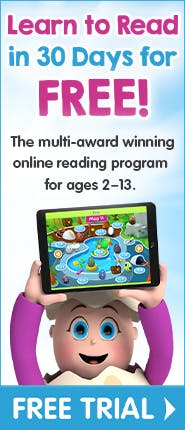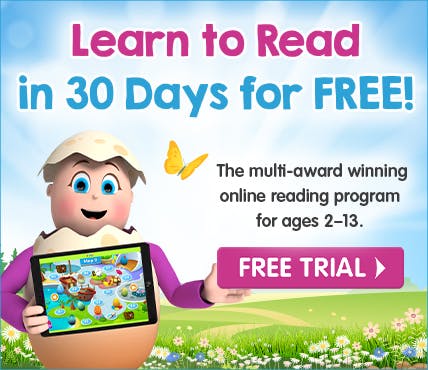


What Are Sight Words?

Sight words are the words that appear most frequently in our reading and writing. Often these words do not have a concrete image that accompanies them. They are high-frequency words that may not be able to be pictured and, as such, they simply must be memorised and understood.
Because of their high frequency, readers need to be able recognise, read and understand sight words almost immediately upon seeing them.
By easily recognising these sight words, young readers are more likely to approach a text with confidence. They are then able to read with more fluency and better comprehension of the text. They are also less likely to get 'tripped up' in their reading by not understanding the words that they are reading.
Interestingly, there are only 100 words or so that make up more than fifty-percent of most text that early readers read.
These are the words like ‘a’, ‘I’, ‘or’, ‘and’, ‘the’ and so on.
Sight words are usually small and easily recognised. The spelling of these words is not always straightforward in regard to how they sound.
Upon entering kindergarten, students are most often introduced to a sight word list and taught to memorise and quickly recognise these words.
The number of words can vary, depending on the curriculum. There are usually between 100 and 300 words in a sight word list; the first 100 words being the words most frequently used in children’s literature.
No matter the number though, sight words share a few characteristics.
Sight Words:
Appear often in a text.
Do not follow the usual spelling rules. They are phonetically irregular, that is, their sound does not consistently match up to their letters.
Are mostly adjectives, adverbs, pronouns, prepositions, conjunctions and the most common verbs. They are the service words in the language. They give meaning and direction to language.
Are not easily represented by pictures, for example, ‘the’ and ‘or’.
Sight words appear so regularly and make up such a great amount of all text, that educators recommend students be able to instantly recognise these words so that they can spend their energy decoding the tougher words in a text.
If students have trouble with sight words, it is more likely that they will experience frustration and have less desire and ability to spend energy and time decoding the tougher words in the text. Playing sight word games and activities is a great way to build your child's early reading skills at home.
Having an arsenal of sight words at the ready helps students read more easily and also helps them acquire more language that can be readily deployed in the service of reading.
The Reading Eggs program helps kids recognise and instantly recall a core list of high-frequency sight words. This builds fluency in young readers and enables readers to read for meaning in a text.
Many of the learning activities within the Reading Eggs program help students instantly recall and read an increasing bank of high-frequency sight words. Sight word recognition is one of the essential skills needed to become a fluent reader. With Reading Eggs, young readers have the perfect place to then practise their sight words, as books accompany the lessons in Reading Eggs. The Reading Eggs Story Books and nonfiction titles are written to give students the opportunities by reading an extended text, to practise both the letter-sound correspondences as well as the sight words they have been learning.
The Reading Eggs online Story Books reinforce the skills learned in each lesson with a story that makes sense, both textually, thanks to an engaging text that uses the words they learned in the lesson (including sight words), and visually, thanks to high-quality, full-colour illustrations.
By having every lesson culminate in a book, young readers are able to see the sounds and the words that they learn in each lesson within the context of a real book.
With Reading Eggs, children don’t just memorise a list of sight words by rote.
They read the words and put them to work immediately, helping to secure the words in their mind and memory. They can then approach texts with more confidence and read with more fluency.
Testimonials
My first grade son truly enjoys his time on Reading Eggs. It has helped him in particular with sight words, word families, fluency, and confidence. He loves to ‘hatch’ his new characters and collect the golden eggs. The beginning evaluation accurately placed him at the correct level, allowing him to be successful and challenged.
- Anne S.
Thank you for this wonderful, interactive program! We have students who were non-readers or reluctant readers, suddenly become fully engaged with the reading process, achieving success and making progress. It has been very successful and is very motivating for all students.
- Brenda Carige, St Patrick’s Primary, Gympie






